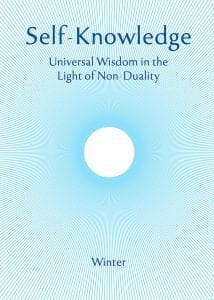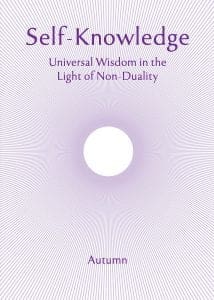Dreamless Sleep
According to the Advaita Vedanta, all our experiences take place in one of the three states of waking (jagrat), dreaming (svapna) and dreamless sleep (sushupti). These states correspond to the facts established by our own introspection. We are all conscious of waking up in the morning, and when we fall asleep at night our mind…
Read MoreSelf and Brahman are Free from Attributes
by the Warden of Shanti Sadan ‘Words cannot describe this Consciousness Absolute; the mind is lost in Its majesty. How can I describe to thee, this Eternal One? I can only say that this immortality-giving knowledge, space-like am I.’ These sentences from the Avadhut Gita remind us of the limits of language as regards the…
Read MoreLearning How to Learn
When we meditate, we try to lift our mind above the worries and concerns, the hopes and fears, that normally form a large part of our thinking. And then, having glimpsed a little bit of peace and freedom, a breath of interior fresh air, so to say, we return to our everyday mind, better able…
Read MoreSeeking Happiness: Try to Get What We Want or Practice Giving Up Desires?
A talk by the Warden of Shanti Sadan leading into a meditation session. As enquirers into the highest human potentialities, we may feel that we are being presented with a choice: whether, in the pursuit of happiness, it is best to whole-heartedly try to get what we want, or to practise giving up desires, which…
Read MoreThought and Awareness
A talk by the Warden of Shanti Sadan leading into a meditation session. One of the central points which is often highlighted in presentations about the non-dual teachings, is that there is an essential difference between thought and awareness, between everything in our mind, and our awareness of all that is in the mind. Thoughts…
Read MoreThe Yoga of Non-Separation
The term ‘Yoga of non-separation’ (Ananya-Yoga) occurs in the Bhagavad Gita (13:10), and for those who decide to reflect on it, it will disclose a wealth of meaning. In context, the verse, and the succeeding one, conclude a section which enumerates the qualities of mind that hasten one’s awakening to Self-knowledge: Unswerving devotion to Me…
Read MoreLive in the Ocean of Light
There are people who are at home everywhere, just as there are others who feel out of their element at the slightest change of circumstances. We can all admire those relaxed individuals who seem to be always perfectly at ease, never at a disadvantage and master of the situation. The reason we admire this is…
Read MorePractical Points on Inner Development
The foundation of the teaching on inner development is that in every human being there are great qualities that are part of our nature—whether or not we follow their prompting within us. These include kindness, compassion, cooperation, generosity, fellow feeling, forgiveness. We also harbour within ourselves qualities of knowledge, understanding, judgement, skill, guidance, insight. And…
Read MoreCultivating the Emotional Life
Let us rise above the narrow sphere of likes and dislikes, of duality and appearance, into the boundless freedom of the spirit. Let us take a holiday from the world, and dwell in the infinite spirit, the light of which transcends time. Calm and reflective, let us receive the time-honoured teachings, which are more health-giving…
Read MoreSeeing the One in the Many: Bhagavad Gita Chapter 13
On the inner path it sometimes feels as if our minds and lives are divided in two: it seems there is the time for meditation and inquiry, and the rest of life when we have to deal with the world. How can we overcome this apparent divide and make meditation a way of gaining useful…
Read More


